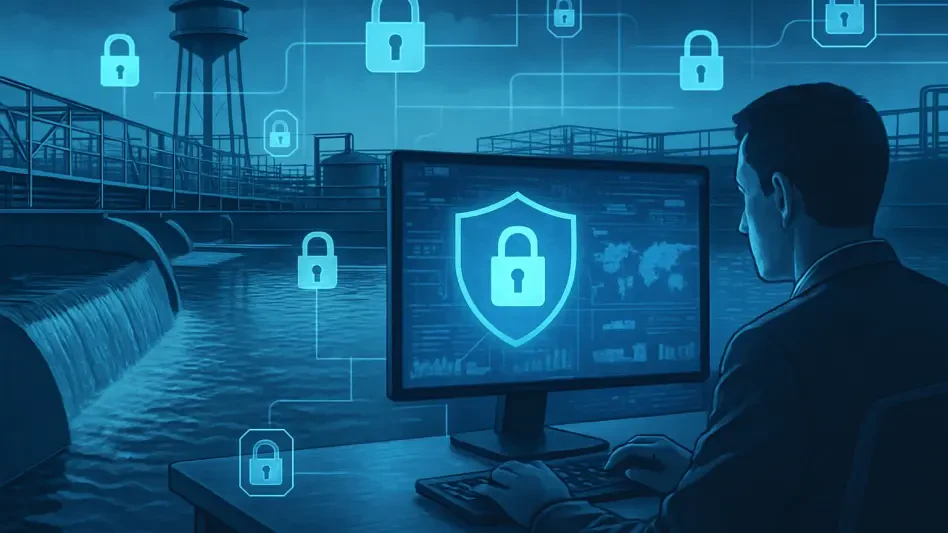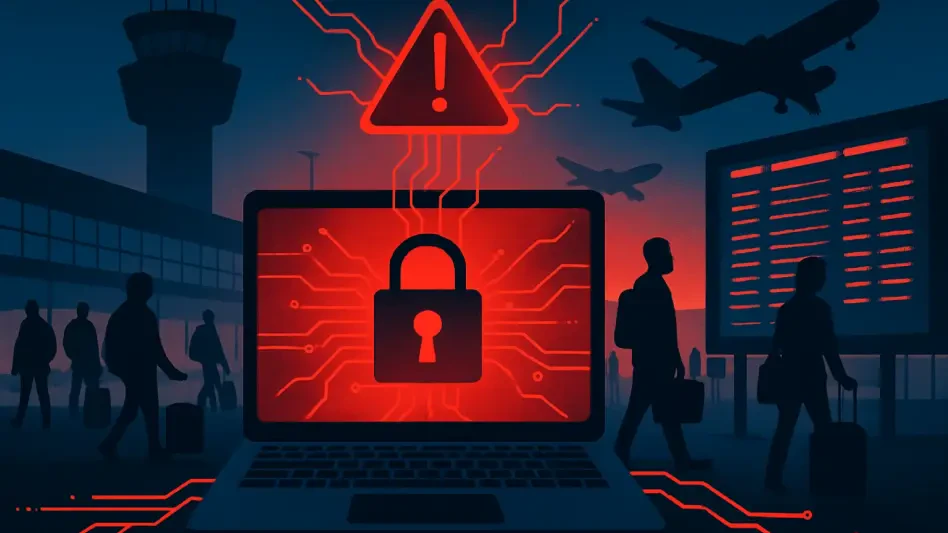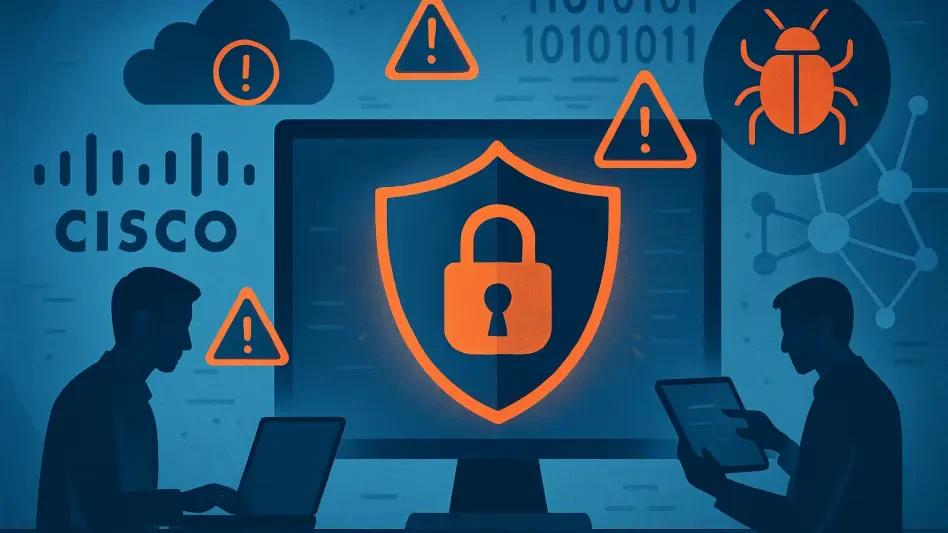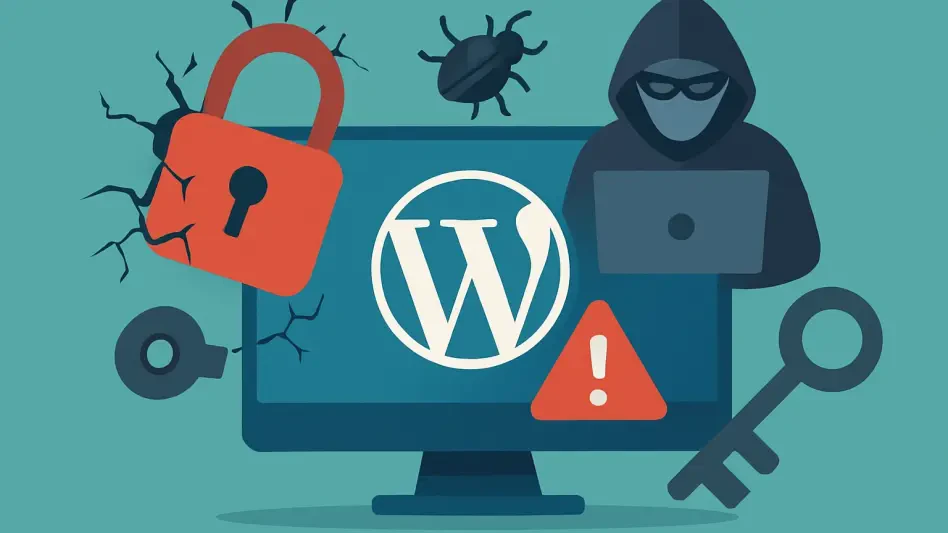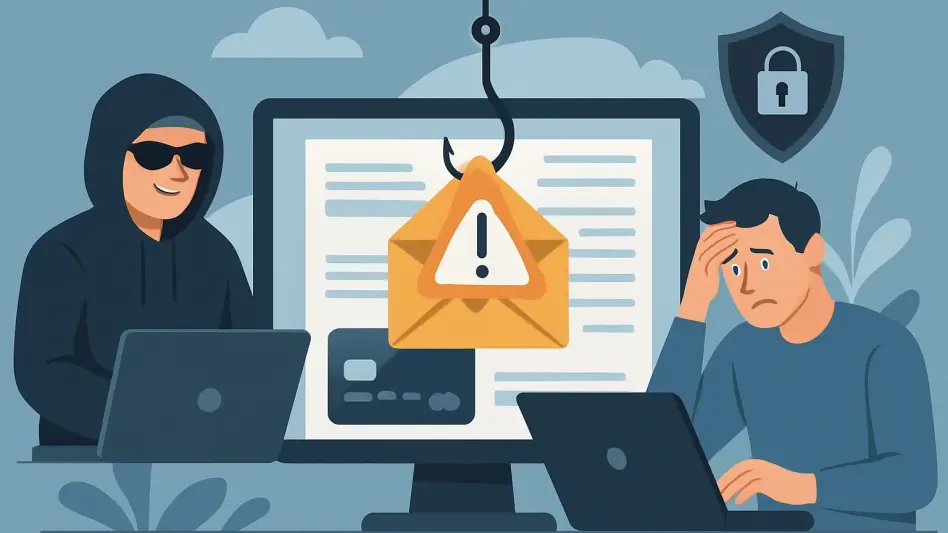In a world where digital threats loom larger than ever, consider a chilling scenario: a cyberattack cripples a major city’s water treatment plant, cutting off access to clean drinking water for millions overnight, posing a real risk to critical infrastructure today. This isn’t science fiction but a genuine danger facing water systems increasingly targeted by malicious actors, prompting the U.S. Environmental Protection Agency (EPA) to emerge as a key defender by rolling out innovative tools and strategies to protect this vital resource. The stakes couldn’t be higher—water is life, and securing it against cyber threats is a pressing national priority.
The significance of this issue lies in its direct impact on public health and safety. A single breach in a water utility’s system could lead to contaminated drinking water or disrupted wastewater treatment, triggering widespread health crises and economic fallout. As cyberattacks grow in sophistication, the EPA’s mission to safeguard water infrastructure has taken on new urgency, intertwining with broader national security concerns. This narrative explores how the agency is fortifying defenses, equipping utilities with cutting-edge resources, and fostering resilience across the sector to ensure that communities remain protected.
Why Water Infrastructure Cybersecurity Matters
The vulnerability of water systems to cyber threats is a growing concern that affects every American household. Unlike traditional infrastructure challenges, a digital breach can silently infiltrate systems, manipulating controls to poison water supplies or halt operations entirely. Such incidents aren’t mere hypotheticals—ransomware attacks on utilities have already caused service interruptions in several regions, exposing the fragility of these essential networks.
Beyond immediate disruptions, the ripple effects of compromised water systems threaten public trust and stability. Hospitals, schools, and businesses rely on consistent access to safe water, and any failure can cascade into broader societal issues. Protecting this infrastructure isn’t just about technology; it’s about preserving the foundation of daily life and ensuring that communities can thrive without fear of unseen digital dangers.
Rising Cyber Threats to Water Systems and National Security
Water infrastructure has become a prime target for cybercriminals, with attacks posing risks far beyond local utilities. Malicious actors, ranging from lone hackers to state-sponsored groups, view water systems as a weak link in national security, where a successful breach could destabilize entire regions. The potential for chaos—through contaminated supplies or halted services—makes this sector a critical battleground in the fight against cyber warfare.
These threats intersect with economic and health concerns, amplifying their severity. A disrupted water system could cost millions in damages and recovery efforts while endangering lives through exposure to unsafe conditions. Recognizing this, the EPA has aligned its efforts with initiatives like Powering the Great American Comeback, emphasizing that secure water access is non-negotiable for the nation’s well-being and resilience.
EPA’s Cutting-Edge Cybersecurity Tools for Defense
To counter escalating risks, the EPA has unveiled a robust suite of cybersecurity resources tailored for drinking water and wastewater utilities. These include the updated Emergency Response Plan (ERP) Guide for Wastewater Utilities, which prioritizes risk assessments for threats like hurricanes, and a Cybersecurity Incident Response Plan template to streamline crisis management. Additionally, Incident Action Checklists cover a spectrum of emergencies, from wildfires to cyber breaches, while the Cybersecurity Procurement Checklist ensures third-party suppliers adhere to strict security standards.
Backing these tools is substantial financial support, with the EPA allocating over $9 million in grants to midsize and large water systems. This funding empowers utilities to implement protective measures and upgrade outdated systems, addressing vulnerabilities before they can be exploited. The real-world impact is evident as communities gain access to structured frameworks that enhance preparedness and response capabilities.
The comprehensive nature of this strategy sets it apart, focusing not just on reaction but on prevention. By equipping utilities with actionable guides and financial resources, the EPA is building a fortified line of defense, ensuring that water systems can withstand the evolving landscape of digital threats with confidence and efficiency.
Expert Perspectives on EPA’s Cybersecurity Push
Credibility behind the EPA’s initiatives shines through in the words of key figures driving this mission. Jess Kramer, EPA Assistant Administrator for Water, has underscored the importance of these efforts, stating, “Cyber resilience and water security are key to national security.” This powerful assertion reflects the agency’s unwavering commitment to protecting a fundamental resource from digital harm.
Further reinforcing this stance, an August report from the EPA outlined ten critical recommendations to strengthen the water sector’s cyber posture. Coupled with the Water Sector Cybersecurity Evaluation Program, which provides free assessments and tailored risk mitigation plans, the agency offers practical support. Feedback from utilities benefiting from these resources highlights tangible improvements, with many noting enhanced readiness to tackle potential incidents through customized guidance.
Actionable Steps for Utilities to Boost Cyber Resilience
For water utilities seeking to fortify their defenses, the EPA provides a clear roadmap to build cyber resilience. Start with conducting thorough risk and resilience assessments, as detailed in the ERP Guide, to identify specific vulnerabilities within operational systems. This foundational step helps prioritize threats and allocate resources effectively to mitigate exposure.
Next, utilities should tailor response plans to comply with state-specific regulations, such as privacy laws, ensuring legal and operational alignment. Collaboration is also critical—partnering with local emergency committees and third-party vendors, using tools like Incident Action Checklists, fosters a unified approach to crisis management. Additionally, the Cybersecurity Procurement Checklist aids in evaluating supplier security practices, securing the supply chain against external risks.
Embedding these practices into everyday operations is essential for sustained protection. Accessing the EPA’s free assessments through the Water Sector Cybersecurity Evaluation Program can further pinpoint gaps, enabling utilities of all sizes to strengthen their defenses and stay ahead of cyber threats with proactive, informed strategies.
Reflecting on a Safer Path Forward
Looking back, the EPA’s dedication to enhancing water infrastructure cybersecurity stood as a pivotal chapter in safeguarding public health and national security. The deployment of innovative tools, backed by expert insights and substantial funding, marked a turning point in how utilities prepared for and responded to digital threats. Communities across the nation benefited from a fortified framework that prioritized resilience over reaction.
Moving ahead, the focus shifts to sustained collaboration and adaptation. Utilities are encouraged to integrate these resources into long-term planning, regularly updating assessments to address emerging risks. Policymakers and stakeholders also have a role in advocating for continued investment in cyber defenses, ensuring that water systems remain a protected lifeline. This collective effort promises a future where access to safe water is no longer a vulnerability but a steadfast guarantee.

